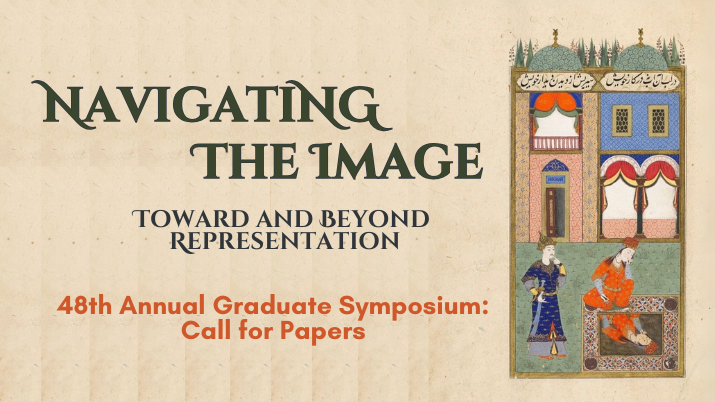The Epinal Project (The process in question, pt. 1)
In the final pages of The Mechanism of Meaning, by Arakawa Shūsaku (1936–2010) and Madeline Gins (1941–2014), an aerial photograph appears without a caption: it is a view of the Moselle River as it crosses the city of Epinal in France. Arakawa and Gins had submitted a proposal to build a bridge over the Moselle earlier in the decade. The bridge is nowhere to be seen in this picture—in fact, their proposed Bridge of Reversible Destiny exists only as a series of elaborate sketches, drawings, and models. But to consider this project “unbuilt” would be to misunderstand its nature.
The Epinal project stands in between different moments in the expansive practice of Arakawa and Gins: it emerges as a natural extension of their investigation of the “mechanism of meaning” (i.e., the form-giving, meaning-making body), and the large-scale architectural environments through which they later sought to probe the body’s limits and possibilities.
Focusing on this turn in their practice, this seminar will use the work of Arakawa and Gins as a point of departure for an investigation of the body in postwar and contemporary art, in Japan and abroad. Topics discussed will include avant-gardist legacies in contemporary art (in particular, ideas about the body in surrealism and dada); changing notions of objecthood in postwar art; the investigation of perception and meaning, and the body at its limits.
Term 1, Wednesdays, 2:00–5:00 pm


Arakawa and Gins, Bridge of Reversible Destiny (perspectival rendering of access), 1989. RDF/Estate of Madeline Gins


